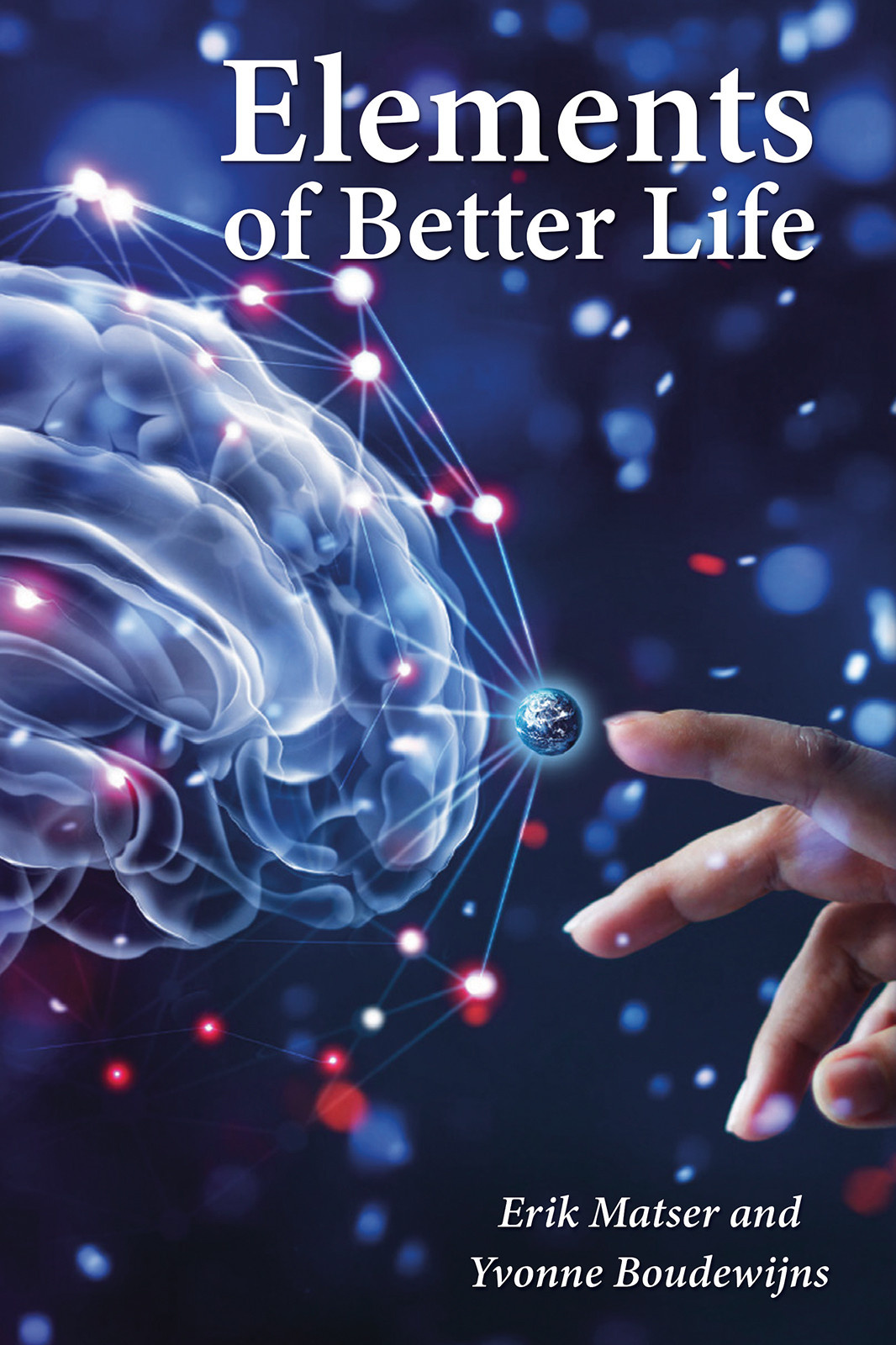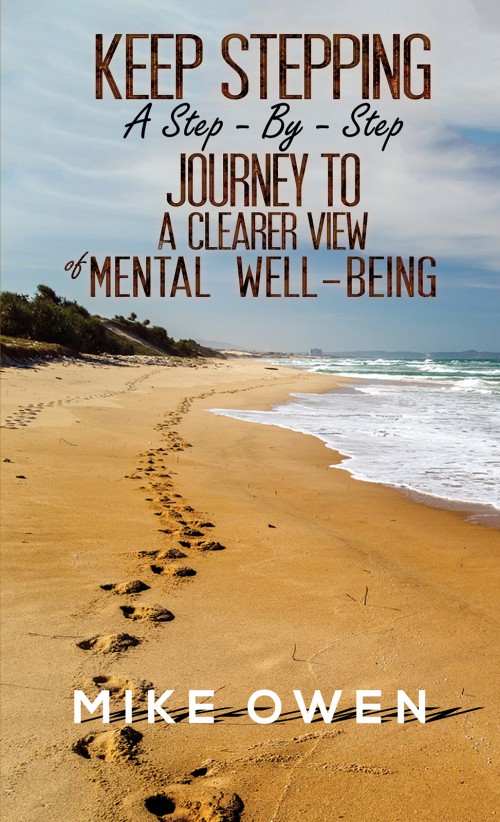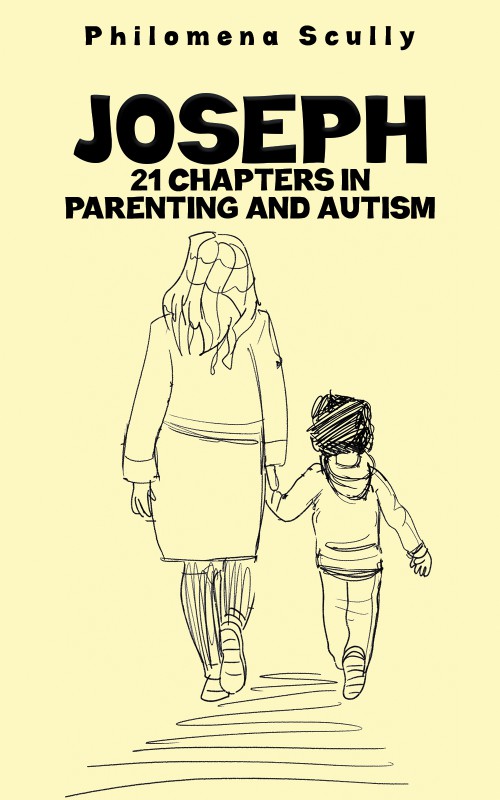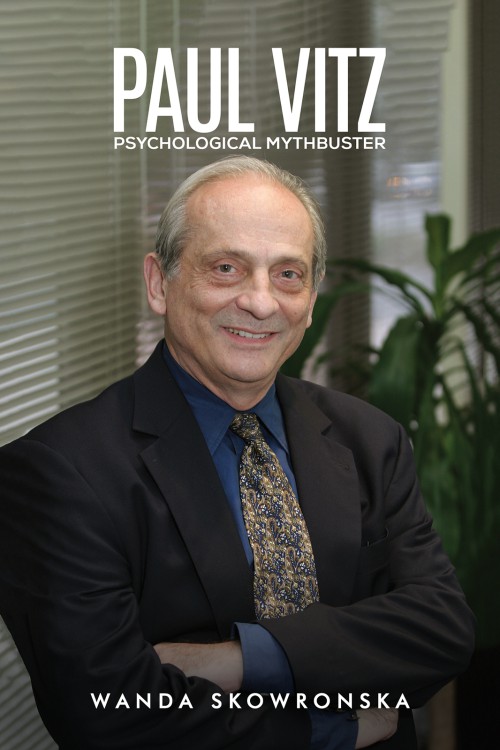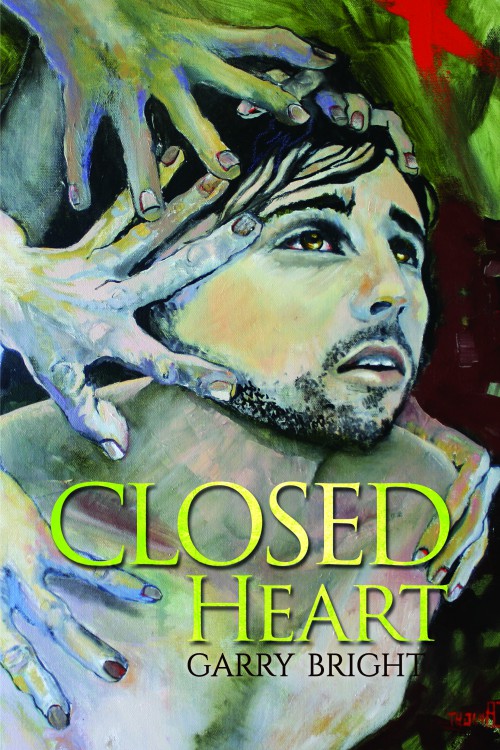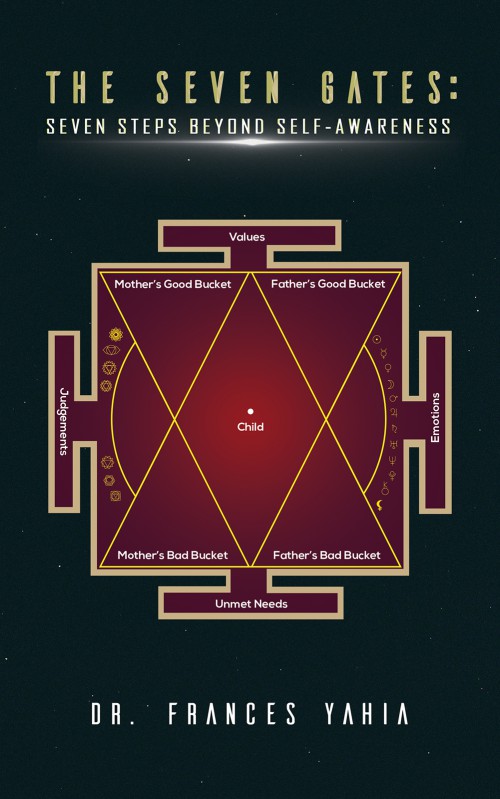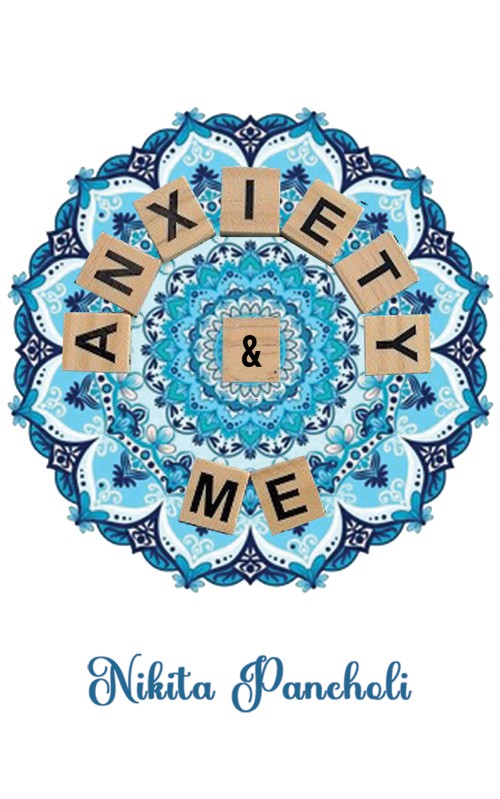Dr. Erik Matser was born in Zevenaar, a Dutch border town near Germany. He grew up in the Arnhem region and now lives with his partner Marly in the south of Holland in the province of Brabant. He has three children with Marly.
Remarkable during childhood and young adulthood are the loves for trumpet playing and boxing, a strange combination. At an early age he played in orchestras and toured Europe with the Arnhem youth orchestra: Carl Orff’s Carmina Burana. In addition, daily training, playing the trumpet and running the largest boxing school in the Netherlands at that time. On Sunday at George Jazz Café listening to Chet Baker who lived above the café for a while.
The love for sports and music later turned out to be decisive, which also gave him access to very well-known sportspeople and musicians for his later research into the functioning of the brain in top talents and people who were at risk of brain trauma due to sports.
Primary and secondary school turned out to be a snack and Erik had no connection at all with the way lessons were taught. Completely returned home to Radboud University Nijmegen, where Prof. Herman Kolk opened his eyes about the functioning of the brain and the development of humanity. He actually wanted to become a veterinarian, but during the introduction of Radboud University he was seized by the knowledge of neuroanatomy and functional theory, which led him to start a career in brain sciences, a real homecoming. Everything was right here: the interest, the ability to store information and the development of the passion for neuroscience. Each day became more intense and each day more was learned. Investigations started by the contacts in the music and sports world to detect talent and brain damage; mapped out early. For example, he was the first scientific publisher to describe the dangers of headers in football, which also led to a battle with FIFA who took 20 years to bow their heads and really want to understand the detrimental effects of heading a ball on the thinking functions from people. The film Concussion with Will Smith shows a mild version of what happened to Erik in relation to the football world. Investigative journalism by Enzo van Steenbergen revealed the truth and caused a shift in FIFA about their treatment of scientists with other opinions regarding brain safety in football.
A game changer in his career turned out to be the conversation with State Secretary Miss Erica Terpstra. She gave him a scholarship to study in New York and actually ‘the rest is history’. Here his career took off and now, after 30 years of working in neuroscience, the book Elements of a Better Life in which all learning processes, reflections, the encounters with all those wonderful people have come together. I wish you a nice journey while reading this book, a real ‘cognitive journey’.
A note from the co-author Yvonne Boudewijns
As the idea of writing this book came into being, I took on the role of translator and co-author. Born in Rhodesia (now Zimbabwe), I grew up in two worlds, both English and Dutch. Nowadays, I work as a trainer in a large Dutch healthcare institution and occasionally still work as a translator.
During my employment at the Elkerliek hospital, I met Erik and soon became his dedicated translator. I was also interpreter for many of his programmes, lectures and seminars.
Since I always look at people with my eye on the talents they have, and find it fascinating to see the treasure in each person, I welcomed the opportunity to be co- author of this book. Many seem to be unaware of the beautiful things they are capable of. My personal experience with brain trauma has made it clear to me that each person matters and has something to offer even if sometimes, due to illness or lack of self-worth, it temporarily does not feel like that. I firmly believe that each person has something unique to add to the world and that we should all focus on doing that. It will surely make the world a better place for all. I hope this book contributes to that and I thank Erik for the opportunity. Also, I thank everyone that contributed to my insights gained along the way.

